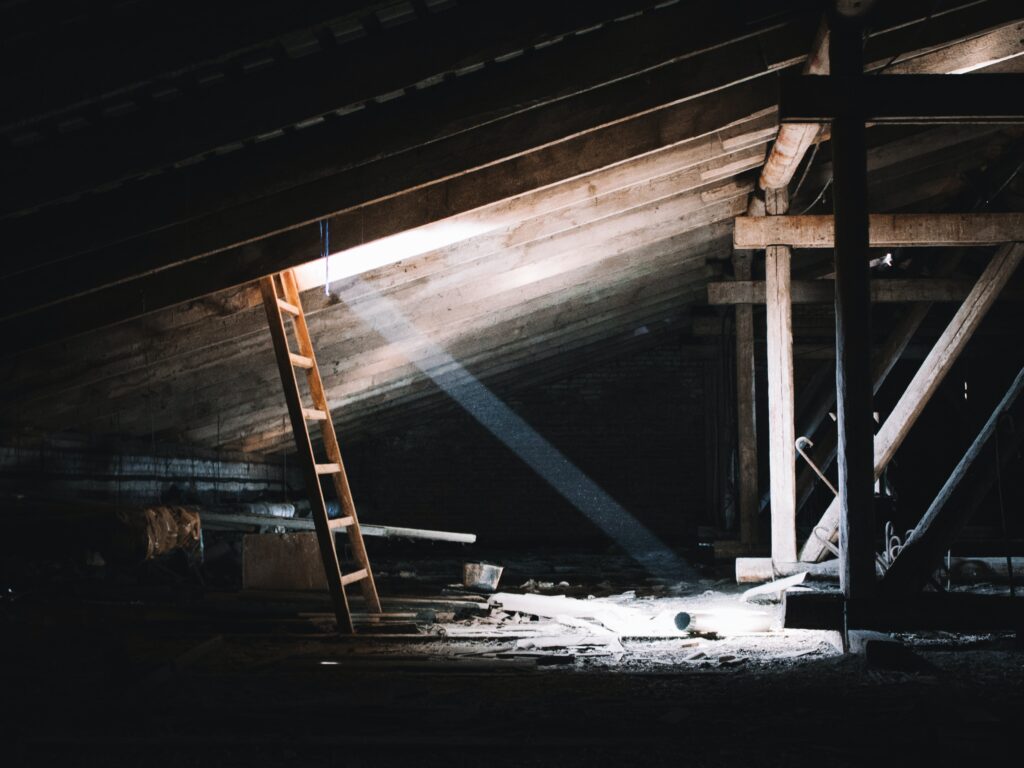Read This Before You Insulate Your Attic – This Old House
If you’re looking to reduce your energy costs and make your home more comfortable, insulating your attic can be a great place to start. However, before you jump into this project, it’s important to understand the different types of insulation available and the best practices for installing them. In this post, we’ll explore everything you need to know about insulating your attic, from choosing the right type of insulation to ensuring proper ventilation and avoiding common mistakes. By the end of this post, you’ll be equipped with the knowledge you need to make an informed decision about insulating your attic and ensuring that your home is as energy-efficient and comfortable as possible. So, read on to learn more about how to insulate your attic and get started on your journey to a more comfortable and energy-efficient home!
How to Insulate an Attic | AtticProsInc Blog
If you’re considering insulating your attic, you may be wondering where to start. One great resource to consult is AtticProsInc Blog, a website dedicated to helping homeowners tackle home improvement projects. Here are some key tips from AtticProsInc Blog on how to insulate an attic:
- To Install Insulation Batts and Blankets: Before you start, make sure you have the right tools and materials, including a tape measure, utility knife, and insulation batts or blankets. Measure the distance between the joists and cut the insulation to fit. Be sure to wear protective gear, such as gloves and a mask, to avoid irritation from the insulation materials.
- Follow These 5 Attic Insulation Steps: If you’re using fiberglass batts or rolls, follow these five steps to ensure proper installation:
- Start in the farthest corner of the attic and work your way out.
- Install insulation between the ceiling joists, making sure it’s snugly in place.
- Install insulation perpendicular to the ceiling joists, if needed.
- Cut insulation to fit around obstacles, such as pipes or ductwork.
- Install a vapor barrier to prevent moisture buildup.
- Blown-In Insulation: Blown-in insulation is another option for insulating your attic. This method involves using a machine to blow loose fill insulation into the attic space. While it’s a bit messier than using batts or blankets, blown-in insulation can be more effective at filling all the nooks and crannies in your attic.
- Air Chute Installation is Easy: Installing air chutes is an important step in attic insulation, as they help to ensure proper ventilation and prevent moisture buildup. Fortunately, installing air chutes is a relatively easy task that can be completed in just a few steps.
- What R-Value is Best for Cold vs. Warm Climate? When choosing insulation for your attic, it’s important to consider the R-value, which is a measure of the insulation’s effectiveness. The appropriate R-value for your attic will depend on your climate and the type of heating and cooling system you have in your home.
By following these tips from AtticProsInc Blog, you can ensure that your attic insulation project is a success and that your home is as energy-efficient and comfortable as possible.
Attic Insulation: Why Trusting the Professionals is the Smart Choice
While it’s certainly possible to tackle an attic insulation project on your own, there are several reasons why it may be better to trust the professionals. Here are just a few:
- Experience and Expertise: Professional insulation contractors have years of experience and training in the installation of various types of insulation. They have the expertise needed to assess your home’s insulation needs and recommend the best type and amount of insulation to use.
- Safety: Installing insulation can be a messy and potentially hazardous job. Fiberglass insulation, in particular, can cause skin irritation and respiratory problems if proper precautions aren’t taken. Professional insulation contractors have the necessary safety equipment and training to ensure that the job is done safely and without any health risks.
- Cost-Effective: While it may seem like a DIY insulation project will save you money, in reality, it could end up costing you more in the long run. If insulation is not installed properly, it can lead to air leaks, moisture buildup, and other issues that can result in higher energy bills and costly repairs. By trusting a professional, you can ensure that your insulation is installed correctly the first time and avoid any costly mistakes.
- Guarantees and Warranties: Professional insulation contractors often offer guarantees and warranties on their work, which can give you peace of mind knowing that your investment is protected.
Overall, while it may be tempting to take on an attic insulation project on your own, trusting the professionals can ensure that the job is done safely, correctly, and cost-effectively.

